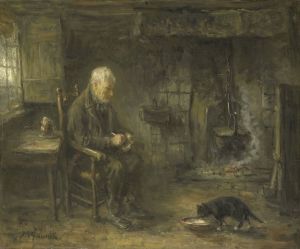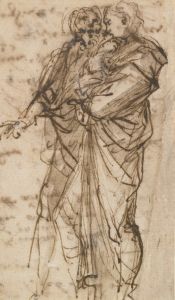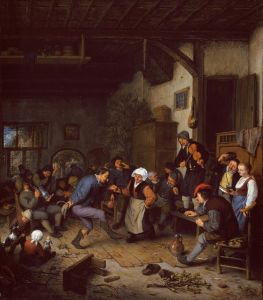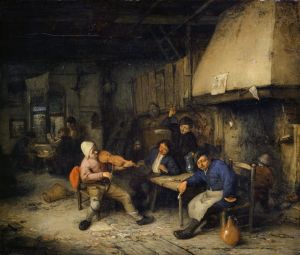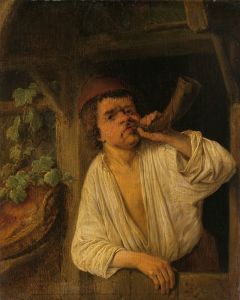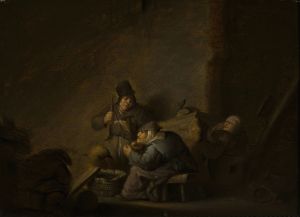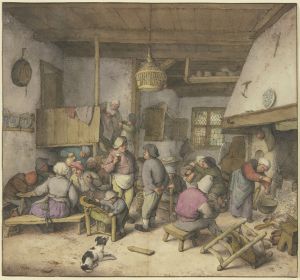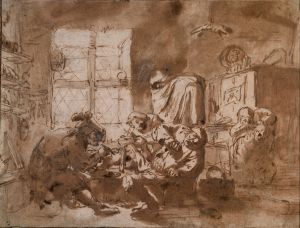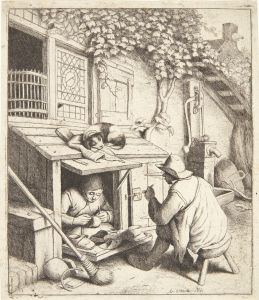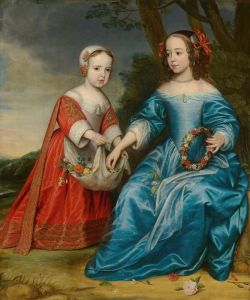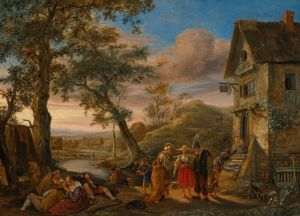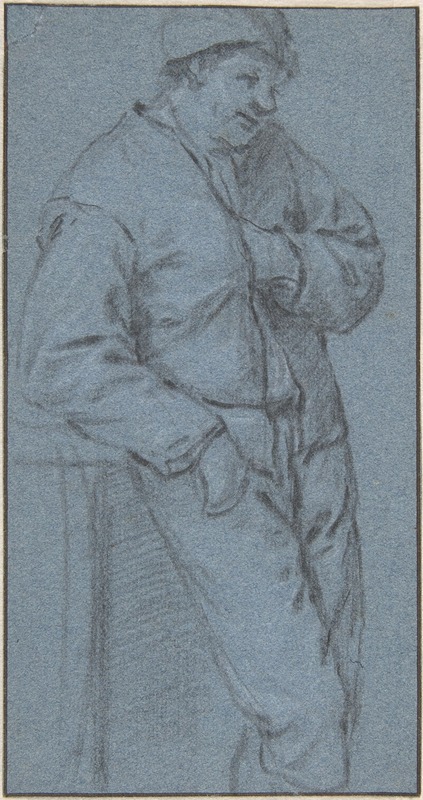
Study of a Standing Peasant
A hand-painted replica of Adriaen van Ostade’s masterpiece Study of a Standing Peasant, meticulously crafted by professional artists to capture the true essence of the original. Each piece is created with museum-quality canvas and rare mineral pigments, carefully painted by experienced artists with delicate brushstrokes and rich, layered colors to perfectly recreate the texture of the original artwork. Unlike machine-printed reproductions, this hand-painted version brings the painting to life, infused with the artist’s emotions and skill in every stroke. Whether for personal collection or home decoration, it instantly elevates the artistic atmosphere of any space.
Adriaen van Ostade was a Dutch Golden Age painter known for his genre works depicting peasant life. One of his notable works is "Study of a Standing Peasant," which exemplifies his skill in capturing the everyday life and character of rural people in 17th-century Holland. Van Ostade was born in 1610 in Haarlem, where he spent most of his life and career. He was a student of Frans Hals, a prominent portrait painter, which influenced his early style. However, van Ostade soon developed his own distinctive approach, focusing on the lives of common folk rather than the bourgeois or aristocratic subjects favored by many of his contemporaries.
"Study of a Standing Peasant" is a drawing that showcases van Ostade's keen observation and ability to render the human figure with both realism and empathy. The work is a study, meaning it was likely a preparatory sketch for a larger painting or a standalone exploration of form and posture. In this drawing, van Ostade captures the essence of a peasant, standing in a relaxed pose, perhaps engaged in conversation or simply taking a moment of rest. The figure is depicted with a sense of immediacy and vitality, characteristic of van Ostade's work.
Van Ostade's drawings, including "Study of a Standing Peasant," are noted for their expressive line work and attention to detail. He often used pen and ink, sometimes with washes, to create depth and texture. His studies were not merely technical exercises but also explorations of character and mood. Through subtle gestures and expressions, van Ostade conveyed the personality and social status of his subjects, offering viewers a glimpse into the lives of 17th-century Dutch peasants.
The artist's focus on peasant life was part of a broader trend in Dutch art during the Golden Age, where genre painting became increasingly popular. This movement reflected the growing interest in everyday life and the experiences of ordinary people. Van Ostade's works, including "Study of a Standing Peasant," contributed to this genre by providing a nuanced and often humorous portrayal of rural existence.
Throughout his career, van Ostade produced numerous paintings and drawings that depicted scenes of peasant life, tavern interiors, and village festivities. His works were well-received during his lifetime, and he enjoyed considerable success. Van Ostade's ability to capture the spirit of his subjects with warmth and authenticity ensured his place as a significant figure in Dutch art history.
"Study of a Standing Peasant" remains an important example of van Ostade's work, illustrating his mastery of drawing and his interest in the human condition. Today, his drawings and paintings are held in major museums and collections worldwide, where they continue to be appreciated for their artistic merit and historical significance. Through works like this study, Adriaen van Ostade offers a window into the past, allowing contemporary audiences to connect with the people and culture of his time.






